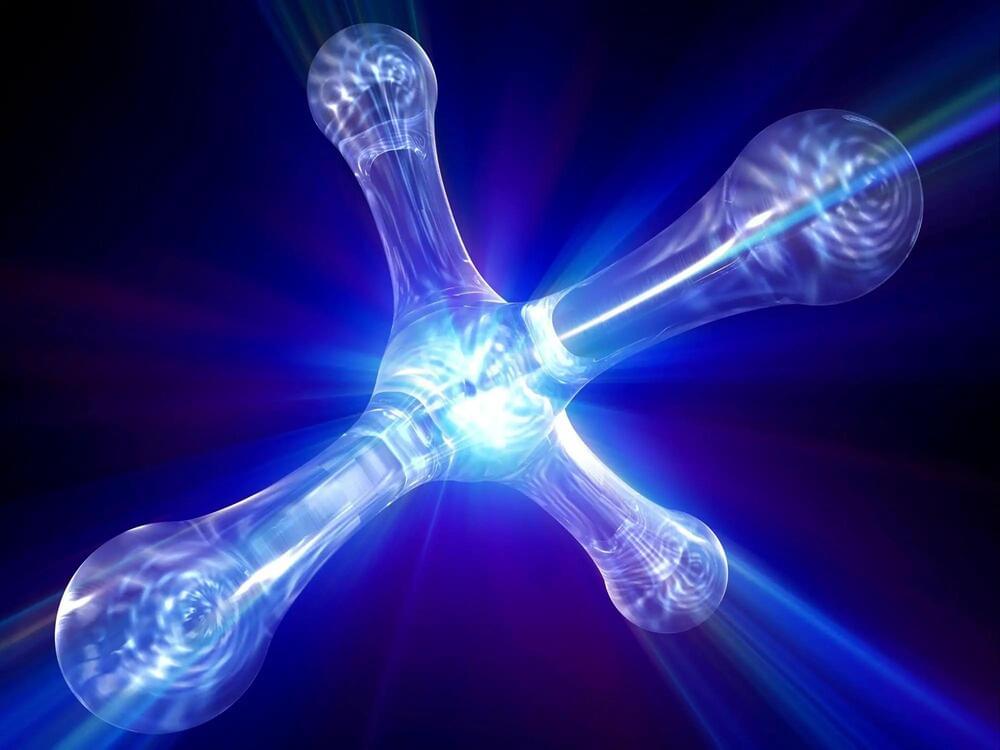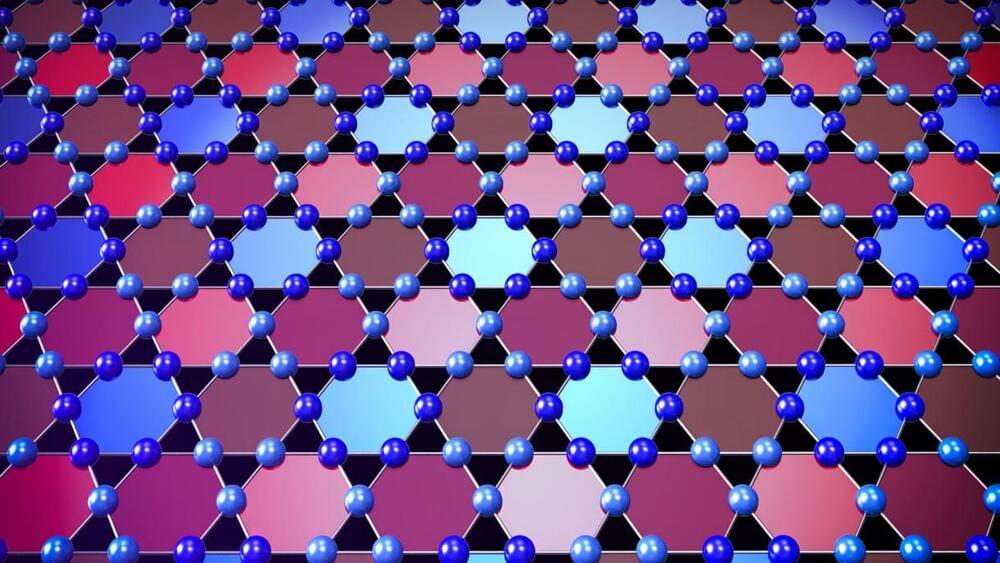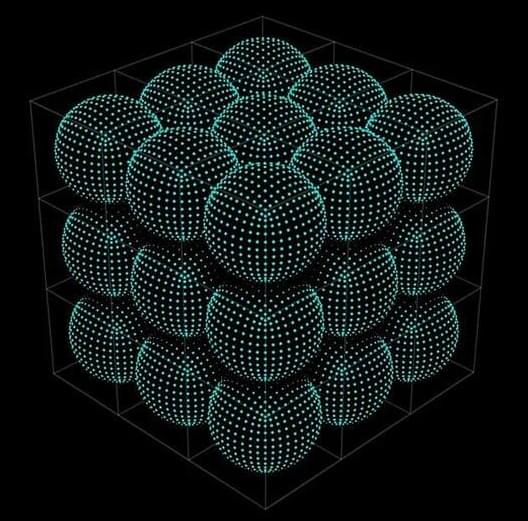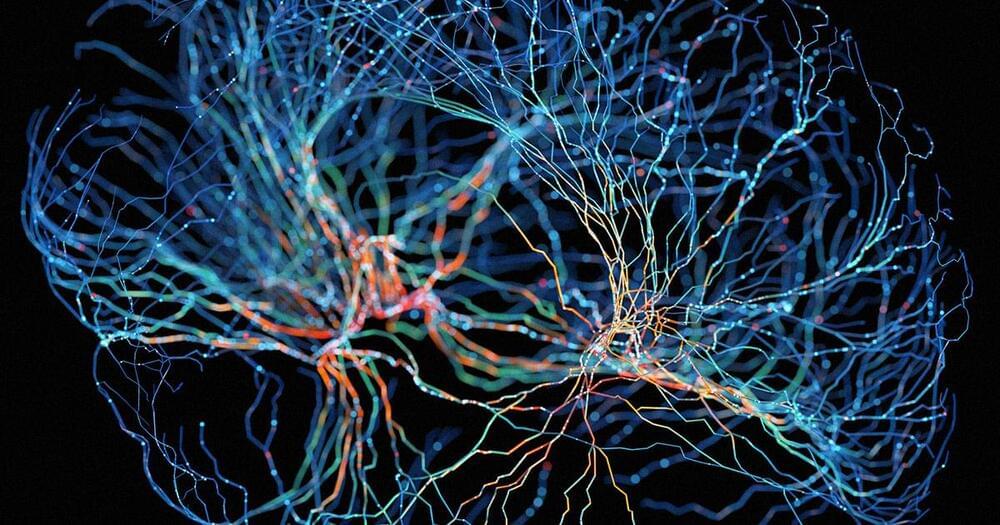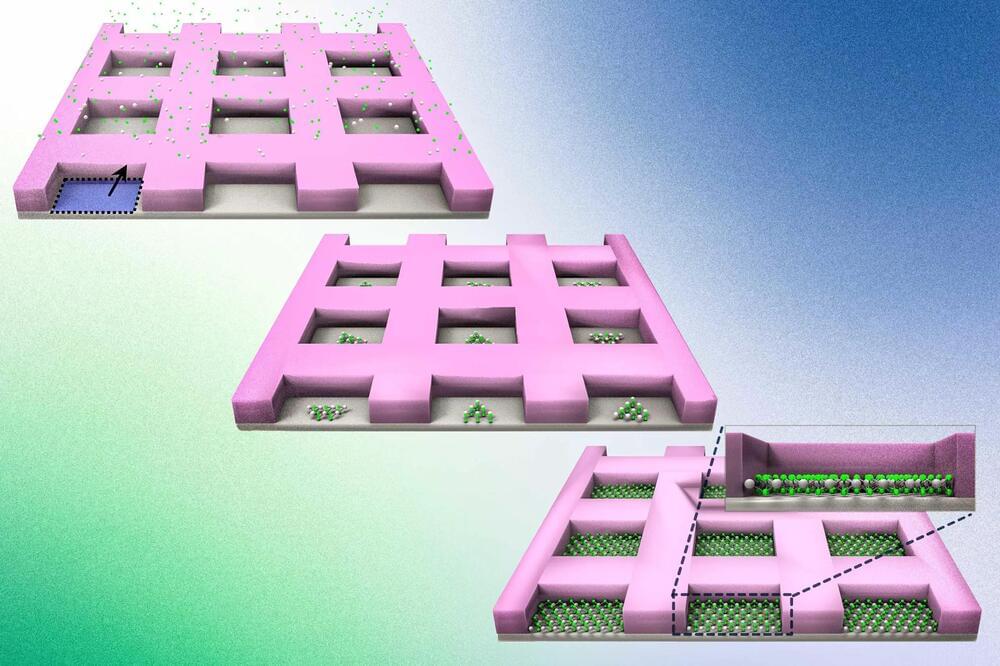Researchers at the University of Göttingen have created a new approach to generate colored X-ray images. Previously, the only way to determine the chemical composition and arrangement of components in a sample using X-ray fluorescence analysis was to focus X-rays on the entire sample and scan it, which was both time-consuming and costly. The new method allows for the creation of an image of a large area with just one exposure, eliminating the need for focusing and scanning. The findings were published in the journal Optica.
In contrast to visible light, there are no comparably powerful lenses for “invisible” radiation, such as X-ray, neutron, or gamma radiation. However, these types of radiation are essential, for example, in nuclear medicine and radiology, as well as in industrial testing and material analysis.
Uses for X-ray fluorescence include analyzing the composition of chemicals in paintings and cultural artifacts to determine authenticity, origin, or production technique, or the analysis of soil samples or plants in environmental protection. The quality and purity of semiconductor components and computer chips can also be checked using X-ray fluorescence analysis.

